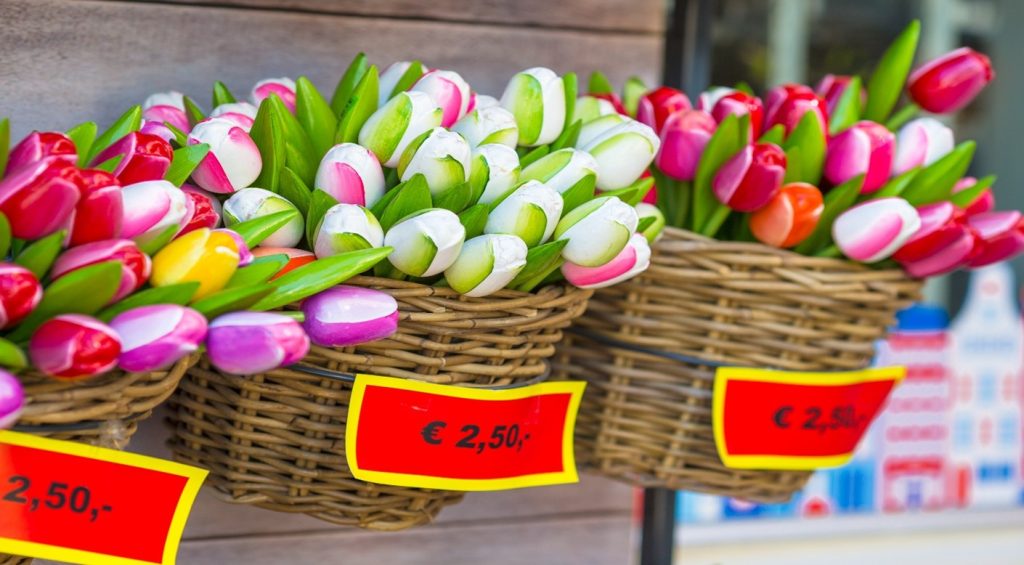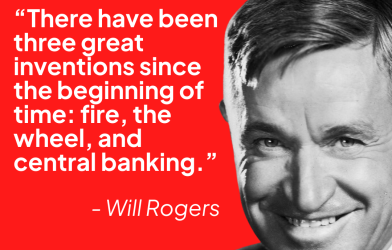In the seventeenth century, tulips in the Dutch Republic were valued as symbols of wealth and status, not simply as flowers. Their rarity and striking colors made them a focus of investment, fueling a trade where prices climbed rapidly as demand increased. Speculations at the time suggested that at the peak, a single tulip bulb could fetch the price of a house. However, just as quickly as the market rose, its collapse left many investors holding worthless bulbs and created a story that still fascinates economists today. This article explores how this period, known as Tulip Mania, unfolded, why it matters, and what it can teach us about bubbles that emerge in modern markets.
What is a Financial Bubble?
A financial bubble occurs when the price of an asset rises far above its fundamental value, motivated largely by speculation, optimism, and crowd psychology rather than intrinsic worth. During a bubble, investors buy because they expect prices to keep increasing, often ignoring whether the asset generates real returns or practical value. This cycle of rising prices and rising demand can sustain itself for a time, but once confidence weakens, bubbles typically collapse quickly, leading to sharp price declines and widespread losses.
How Tulip Mania Happened
Tulips arrived in Europe from the Ottoman Empire in the late sixteenth century and quickly became luxury items in the Dutch Republic. Their unique colors and rarity made them status symbols, first among wealthy collectors and later among broader society. As demand grew, tulips shifted from being admired in gardens to being actively traded in markets.
By the early 1630s, trade in tulips had taken on a speculative character. Futures contracts, agreements to buy bulbs for delivery months later, allowed investors to take large positions without ever intending to plant a flower. This financial innovation intensified the market rush, as profits seemed endless while prices rose.
The turning point came in February 1637, when buyers suddenly failed to appear at auctions. Without fresh demand, confidence evaporated. Prices fell almost overnight, leaving many traders with contracts worth a fraction of what they had paid. What had once been an object of prestige became a symbol of financial excess.

Lessons for Modern Markets
Although Tulip Mania took place nearly 400 years ago, its lessons are still relevant.
- Investor psychology: The episode shows how herd behavior can push prices far beyond fundamental value. Buyers entered the market because others were doing the same, not because tulips had changed in usefulness.
- Speculation and leverage: The widespread use of futures contracts amplified both gains and losses. Modern markets use far more complex instruments, such as options, derivatives, leveraged funds, but the underlying risks are similar. When speculation detaches from fundamentals, volatility increases.
- Fragile confidence: The collapse of Tulip Mania was not gradual but sudden. A single failed auction was enough to break the illusion of ever-rising prices. Markets today remain just as vulnerable to confidence shocks, whether triggered by disappointing earnings, regulatory changes, or shifts in investor sentiment.
The Limited but Lasting Impact
Unlike later crises such as the Great Depression or the 2008 financial crash, Tulip Mania did not destabilize the entire Dutch economy. Most trade was concentrated among a small group of merchants and speculators, so the broader financial system continued to function. However, the cultural and symbolic impact was far greater. Tulip Mania entered economic history as a metaphor for irrational markets and remains a case study in how enthusiasm can turn into excess.
What is the Lesson for Businesses Today?
For modern companies and investors, Tulip Mania is more than a historical curiosity. It highlights the risks of chasing short-term hype and the importance of grounding decisions in real value. Businesses that invest in emerging technologies, new markets, or trending sectors must weigh potential growth against the possibility of inflated expectations.
Just as tulips were once treated like priceless assets before returning to being garden plants, today’s most talked-about investments can quickly lose their shine if driven more by sentiment than substance. Understanding the dynamics of past bubbles helps businesses prepare for future risks and navigate markets with clearer perspective.












